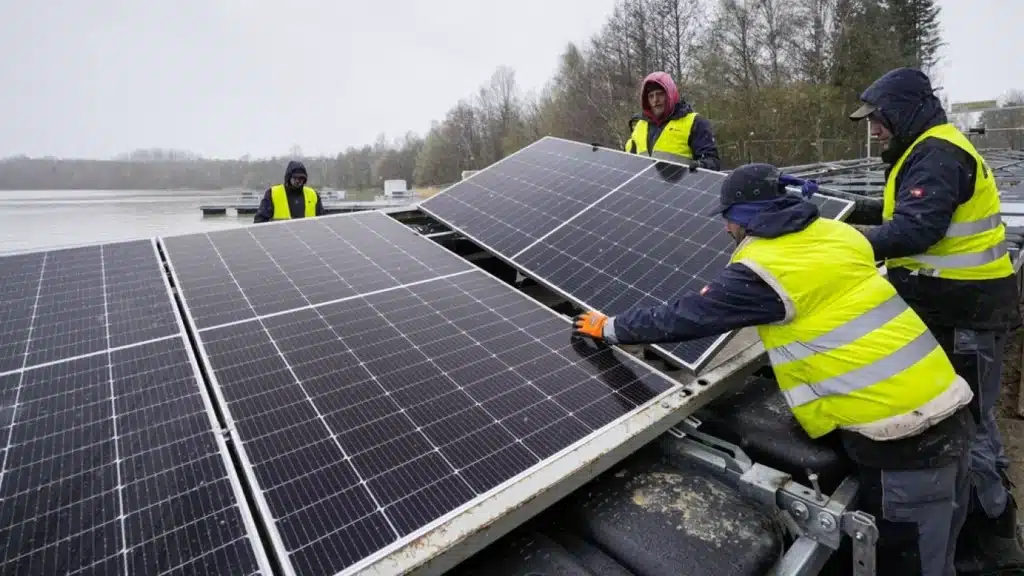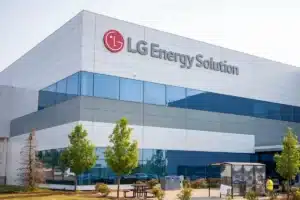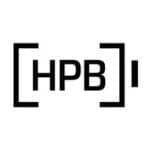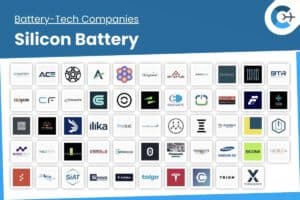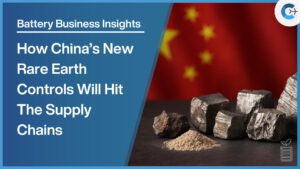A recent report from Transport & Environment argues that the European Union’s existing State Aid framework for clean technologies is too fragmented and slow to foster industrial-scale production. Currently, instruments such as the Important Projects of Common European Interest (IPCEI), the General Block Exemption Regulation (GBER) under the Clean European Industrial Forum (CEEAG), the Temporary Crisis and Transition Framework (TCTF), and the proposed Clean Industrial Support Framework (CISAF) primarily offer lump-sum, project-by-project funding. These arrangements require lengthy negotiations around subjective “funding gaps,” making public support unpredictable and difficult for companies to leverage into private investment.
According to the report, these traditional subsidies do not reduce marginal production costs or guarantee timely results. As a result, only established firms in wealthier Member States can navigate the complexity, while startups, scale-ups and smaller countries struggle to benefit. To remain globally competitive—especially against generous US Inflation Reduction Act (IRA) incentives and cost-efficient Chinese producers—the EU must shift toward automatic, output-based aid that ties funding directly to production volumes.
Output-based support pays companies per unit of output, rewarding actual manufacturing rather than project proposals. This model can be structured with declining per-unit rates as companies scale, capped allocations per firm, and bonuses for local content or investment in cohesion regions. It also enables “Made in Europe” conditions to ensure benefits accrue to regional supply chains and workforces. Tying aid to production volumes and performance mirrors the US IRA approach, which has mobilized over $110 billion in private cleantech investments through predictable, production-linked tax credits.
Transport & Environment recommends that the upcoming CISAF explicitly include per-unit production incentives for final products—such as batteries—combined with clear, transparent eligibility criteria and environmental and social standards. Complemented by a new Competitiveness Fund in the next Multiannual Financial Framework, a reformed State Aid regime could unlock private capital, lower production costs, and distribute clean-tech manufacturing across the EU. Without these changes, the report concludes, Europe risks ceding critical industrial capacity to external competitors.
Source: Transport & Environment

